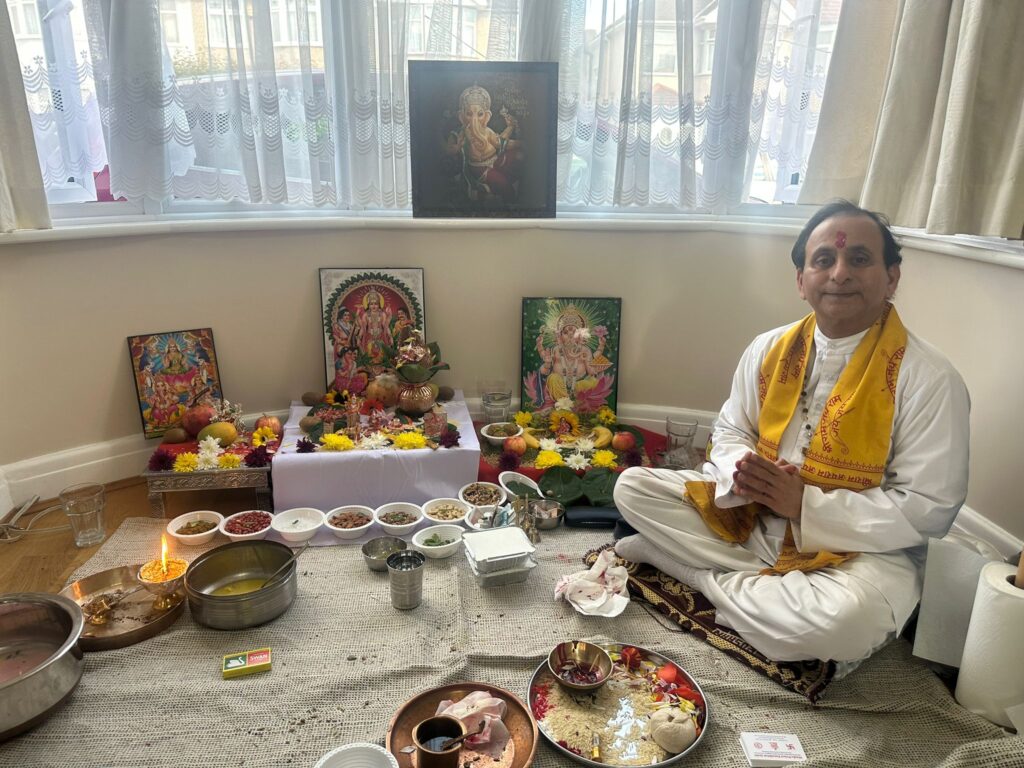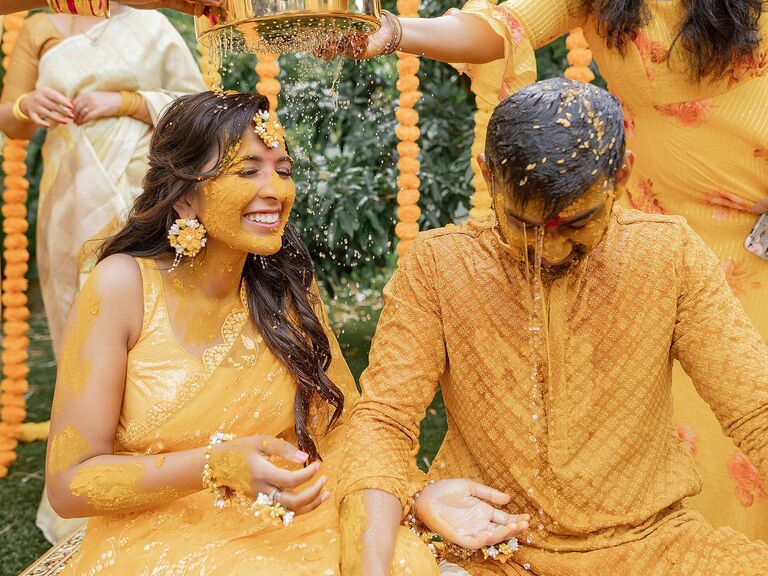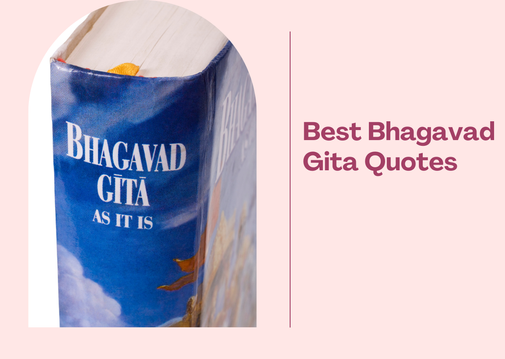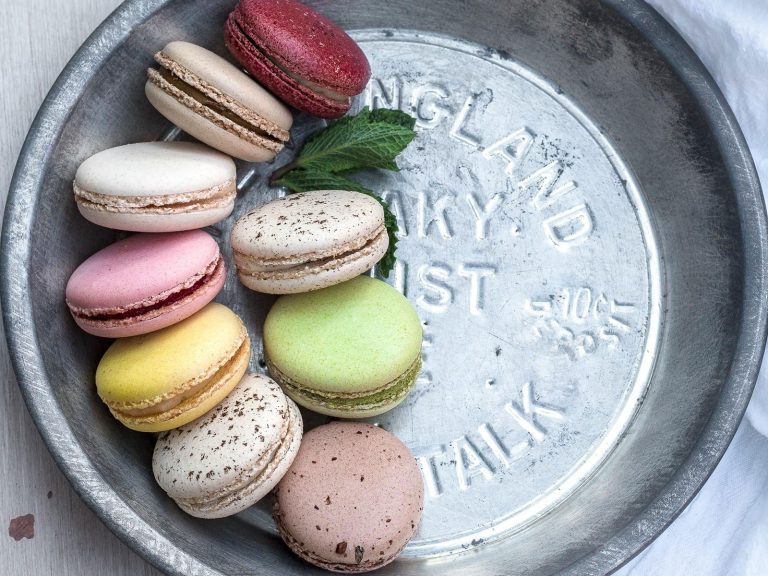Hindu Wedding Rituals Step by Step: A Complete Guide
A Hindu wedding is a vibrant tapestry of traditions, rituals, and emotions. Each step holds a deep significance and is designed to bring blessings and joy to the couple’s new life together.
Whether you’re planning your own wedding or just curious about the cultural richness behind these ceremonies, understanding each ritual can be both fascinating and enlightening. Imagine yourself surrounded by the enchanting sounds of mantras, the sight of colorful attire, and the aroma of fresh flowers.
You might find yourself wondering about the meaning and beauty behind every step. This article will guide you through each stage of a Hindu wedding, helping you appreciate the profound symbolism and cultural heritage involved. Get ready to immerse yourself in the magic and meaning of these timeless traditions.
Pre-wedding Ceremonies
Hindu wedding rituals begin with vibrant pre-wedding ceremonies. These include Mehendi, where intricate henna designs grace the bride’s hands, and Sangeet, a joyous celebration filled with music and dance. Each ceremony holds deep cultural significance, bringing families together in love and unity.
Engagement Ceremony
The engagement ceremony is special. Families meet and share joy. Rings are exchanged by the couple. This shows their promise to marry. Friends and relatives bless the couple. The day is full of laughter and songs. The couple starts their journey together.
Mehendi Ritual
The bride’s hands are decorated with mehendi. Mehendi patterns are unique and beautiful. Women sing songs and dance. The bride sits in the center. Her friends and family surround her. The mehendi color is important. Dark color means deep love. It lasts for days.
Sangeet Celebration
The sangeet is lively and fun. Both families come together. They dance and sing all night. Music fills the air. Everyone wears bright clothes. The couple shares happy moments. The sangeet makes memories that last. It is a joyful party before the wedding.

Wedding Day Preparations
The bride starts her day early. She wears a beautiful saree. Her saree is usually red or gold. Jewelry is important for her look. She wears necklaces, earrings, and bangles. Her hair is styled with care. A professional helps her with makeup. She looks like a princess. Family and friends help her get ready. She feels excited and happy.
The groom also starts his day early. He wears a traditional outfit. Most grooms wear a sherwani. His friends help him get ready. He wears a turban on his head. It matches his outfit. The groom’s family also helps. Everyone is busy and excited. They make sure he looks his best. The groom feels proud and ready for the ceremony.
The venue is decorated with flowers and lights. The mandap is the main area. It is where the ceremony happens. Beautiful drapes and colors are used. The seating is arranged for guests. Everyone works together to prepare. The venue looks amazing. It sets the mood for a joyful day. Guests feel welcome and happy when they arrive.
Arrival Of The Baraat
The baraat is a joyful procession. It marks the groom’s arrival. Family and friends dance around him. They often ride a horse or a car. Music fills the air. Drums beat loudly. The groom wears a traditional outfit.
Bright colors and flowers surround the scene. Everyone is happy and excited. This procession is a key part of the wedding. It shows the groom’s journey to meet his bride. Children enjoy this moment. They dance and laugh.
The bride’s family welcomes the groom. They perform a small ceremony. This is called the ‘Aarti’. A plate with a lamp is used. It is circled in front of the groom. The family gives him sweets. They also give him gifts.
This act shows respect and love. The groom touches the feet of elders. It is a sign of respect. The bride’s family showers him with blessings. This moment is special for everyone.

Mandap Setup
The mandap is a sacred space in Hindu weddings. It is usually a canopy made with four pillars. The pillars represent the parents of the bride and groom. This space is where the main rituals take place. The bride, groom, and priest sit here. They perform the wedding ceremonies under the mandap. The mandap is often decorated with flowers and fabrics. The decorations carry important meanings.
Flowers are used to bring beauty and fragrance. Each flower has a symbolic meaning. Red and yellow flowers are common. Red stands for prosperity. Yellow is for happiness. Fabric colors are also chosen carefully. Gold and red fabrics are popular. Gold signifies wealth and red stands for love. These colors create a beautiful atmosphere. The mandap is more than just a decoration. It is a place of deep meaning.
Main Wedding Rituals
The Kanyadaan Ceremony is a special part of Hindu weddings. The bride’s father gives his daughter to the groom. This is a sign of trust and hope. The father places the bride’s hand in the groom’s hand. It’s a promise for love and care. It shows the bond between families. The bride feels happy and loved. This moment is full of emotions.
The Mangalfera Ritual involves walking around the sacred fire. The bride and groom hold hands. They circle the fire four times. Each circle represents a promise. They promise love, trust, and partnership. The fire is a witness to their vows. It’s a promise for a happy life together. The couple feels blessed. Family watches with joy.
The groom applies Sindoor on the bride’s forehead. This red powder is a sign of marriage. It shows the bride’s new role. The groom also gives a Mangalsutra. This necklace is a symbol of love and protection. It is worn with pride. It marks the start of their new journey. The bride smiles with joy. It’s a beautiful tradition.
Post-wedding Traditions
The Vidaai Ceremony is emotional. The bride says goodbye to her family. She starts a new life. Her family blesses her. They give her gifts. Tears and smiles mix. The groom’s family welcomes her. They promise to care for her. This moment is special.
The Griha Pravesh Ritual marks the bride’s entry. She steps into her new home. Her feet touch a red liquid. It symbolizes happiness. Family members sing songs. They light lamps. The home feels warm and welcoming. It’s a fresh start for the couple.
The Reception Celebration is joyful. Friends and family gather. They eat and dance. The couple wears beautiful clothes. Guests give gifts and blessings. Music fills the air. Everyone enjoys the party. It’s a time to celebrate love and unity.
Significance Of Rituals
Hindu weddings are full of old customs and traditions. They bring families together. Each ritual has a special meaning. They tell stories of the past. They show the richness of Indian culture. The rituals teach us about love and respect. Families follow these traditions with great joy. Each part of the wedding is important. From the haldi ceremony to the saat phere. Every event has its own charm. Each one is celebrated with music and dance. Friends and family gather to witness these events. They make the day unforgettable.
Rituals in Hindu weddings have deep spiritual meanings. They are not just ceremonies. They connect the couple with divine powers. The mantras chanted are sacred. They offer blessings for a happy life. Fire, or Agni, is often present. It is a symbol of purity and trust. The couple takes vows around the fire. These vows are promises for life. They promise to support each other always. The rituals help the couple start a spiritual journey together. It is a journey filled with love and commitment.

Modern Adaptations
Many weddings now mix old and new ideas. Brides wear traditional saris with modern styles. Grooms choose suits with ethnic touches. Families find ways to keep old customs. They add new elements to make them fun. Food also shows this blend. Old recipes meet new flavors. Guests enjoy both.
Some couples create fresh wedding rituals. They have ceremonies at beaches or gardens. Priests adapt prayers for these settings. Dance is a big part of modern weddings. Couples have surprise performances. Guests join in too. New ideas make weddings unique. Yet, they keep the heart of tradition alive.
Conclusion
Hindu weddings are rich in tradition. Each ritual has a deep meaning. From the vibrant Mehendi to the sacred Saptapadi, every step is significant. These ceremonies unite not just the couple, but two families. The celebrations reflect love, culture, and commitment.
Witnessing these rituals is truly heartwarming. Couples embrace the wisdom of their ancestors. The rituals create memories for a lifetime. Understanding these steps enriches the experience. Whether you attend or host, appreciate the beauty of these traditions. Hindu weddings are not just events; they are journeys of love and unity.



